October 25, 2022
What is gamification in the classroom?

Toñi Legidos Martínez
Upper School Teacher and Digital Leader
Gamification is a learning technique that transfers all the potential of games to the educational field to improve students’ results in class.
Many of you have probably heard the word gamification, associated with business and human resources, but have you ever wondered how it can be applied to education? Let’s try to shed some light on this concept.
Play has always been associated with human beings, especially in early childhood, but we have hardly ever seen it associated with teaching. It seems that learning and having fun are two verbs that cannot go together. I am happy to say that nothing could be further from the truth. Moreover, it is not limited to childhood: we all like to play, whatever our age.
Students who look forward to class with enthusiasm and excitement, who have fun and learn in a way they will always remember. This is the dream of any teacher who loves their profession and, above all, cares about their students’ learning.
Benefits of gamification in the classroom
The use of gamification in the classroom has numerous benefits for students:
- Motivation: one of the main characteristics of games is competitiveness, and it is clear that this is a motivating factor for everyone.
- Performance: when there is motivation, performance improves. We are much more productive when we enjoy something and have fun.
- Improved responsiveness, as students have to solve unexpected problems, pose questions and have time to resolve them.
- Encourages teamwork, as students have to solve problems collaboratively.
- Stimulates creativity, attention and visual memory.
- Improves strategy and leadership.
- Teaching other languages (chats, storytelling, instructions, etc.).
- They encourage critical thinking and make you reflect.
I can truly attest to this from personal experience! I am a history teacher, a subject that is traditionally both loved and hated in equal measure by students, including myself when I studied it at school. Why? It can be boring, which is why my first concern from the moment I stood in front of a class was that this would not happen to my students. I have spent years researching, following the example of other teachers, training, etc., to make this possible, and while I am aware that you can’t reach everyone, at least I am trying, and I think I am quite successful.
And since the best proof is a testimonial, I am sharing a video where some of my students talk first-hand about how they felt using Minecraft Education in History class.
Examples of gamification in the classroom
New technologies have made it much easier for us to apply gamification in our classes. Content creation companies are constantly striving to create more and more tools focused on education related to games and video games for use in the classroom. Something we can use at all levels of education, for all subjects, with excellent results.
Video games help improve logical memory, concentration, focus and planning. They also develop skills such as coordination, motor skills and spatial orientation… spatial-visual skills that are useful in professions such as engineering, architecture or art and design.
Some of the gamification tools we use in our classrooms are:
- Kahoot
- ClassDojo
- Socrative
- Quizziz
- Minecraft Education
- Smart
At the following link, you can find a very interesting infographic on this topic, as well as the full article at EDUCATION 3.0.
But what if we don’t have access to these digital resources? Well, that’s no problem, because gamification consists of adapting any game, even traditional board games, card games, strategy games, etc., to the classroom methodology, always ensuring that the curriculum is followed and the learning objectives are achieved. And that is a task of adaptation that must be done by the teacher.
Conclusion
To sum up, we can see that when using games and video games in the classroom, the important thing is the work of the teacher as a guide to the correct use of this technique. To this end, it is important to make clear from the outset the purpose and learning objectives to be achieved, by means of an assessment that is clear to the students. In short: make sure they come to class motivated and eager to learn!
References
Education 3.0. (2025). The impact of video games on education, according to Poki. Retrieved from https://www.educaciontrespuntocero.com/noticias/impacto-los-videojuegos-la-educacion-segun-poki/
Legidos, T. (2023). Global Conference 2022: Student Project [Video]. YouTube. Retrieved on 25 April 2025, from https://www.youtube.com/watch?v=akYA8BIsSOU
